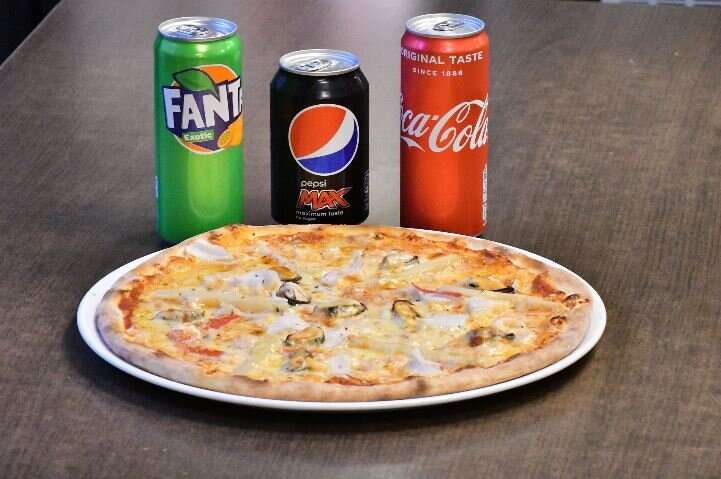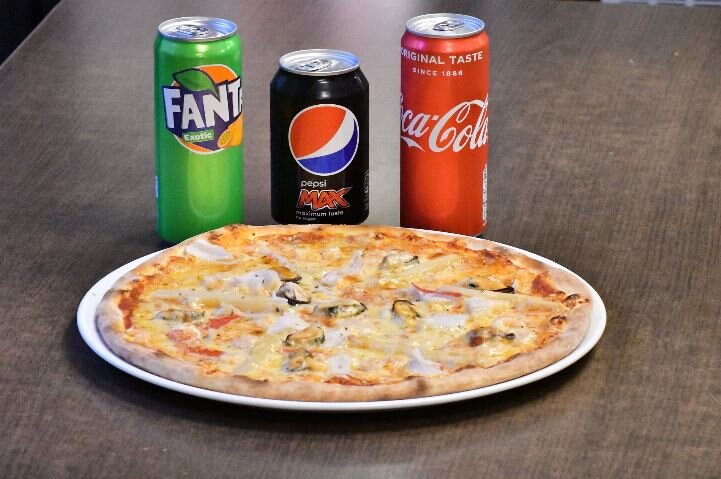Juvenile detention menu creates appetite for change

A study of food served in a youth detention center in South Australia gives insights into the place diet and menu choices make in improving or reducing their incarceration experience.
A Flinders University study of 40 detainees aged 10 to 19 years of age found general disappointment in the quality of food and the need for the child or young person to make more healthy choices, practice their culture or make positive personal choices while in custody and after their release.
“This is the first time we have considered the extent the lived food-related experiences of incarcerated children matched the principles proclaimed in the UN Convention on the Rights of the Child and the Charter of Rights for Children and Young People Detained in Training Centers,” says Flinders University researcher Dr. Simone Deegan.
“The interviews at the Kurlana Tapa Youth Justice Center revealed many of the young people found their food service a punitive aspect of their incarceration, particularly in so far as it fails to reflect cultural expectations or preferences.”
More institutional engagement with residents to change or improve their food service would improve their experience, commencing with a review of the food offerings by a qualified nutritionist-dietitian.
As well as getting youth involved in improving the quality, quantity and variety of meals and snacks in the tuckshop, the engagement of young people could then branch into learning to plan, budget, shop, cook and share a healthy meal provided independent living skills and maintain connections to culture where appropriate.
Some residents said tuckshop choices included mainly high-carb and sweet snacks such as chocolate biscuits and chips, and main meals were not palatable and limited in fresh fruit and vegetables.
“Along with the health benefits, food and food-related activities can be used to enhance cultural awareness and belonging, peer and social development, literacy and numeracy, problem-solving, sensory development and even their coordination.
“By building structural systems to get children and young people safely involved in the cooking process, they also learn more about their bodies and what they eat more generally, leading to more positive dietary habits in adulthood.
“This additional effort would, at a very basic but important level, ensure the rights of particularly vulnerable children and young people are met and their development and well-being are supported in a variety of therapeutic and rehabilitative settings.”
Source: Read Full Article
